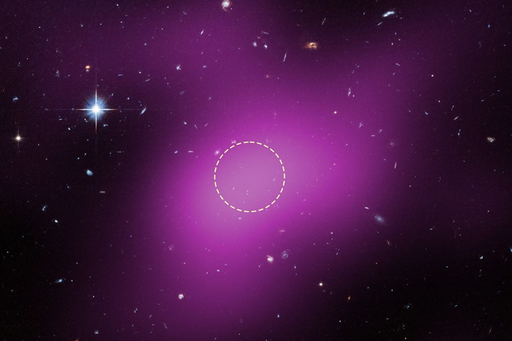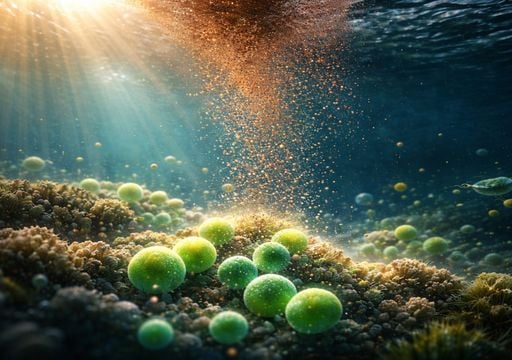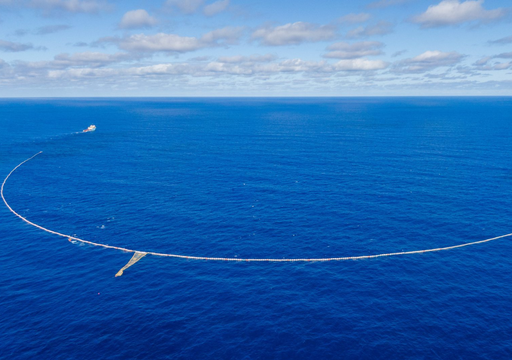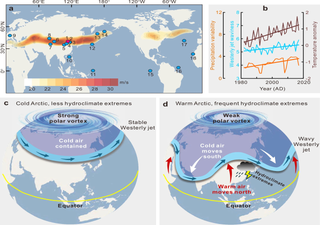A Phantasmagorical Face Emerges From Earth
One of the most curious structures observed from space is this face that appears in a volcanic moat in northern Chad. In it you can easily see shapes such as eyes, nose, mouth, etc.
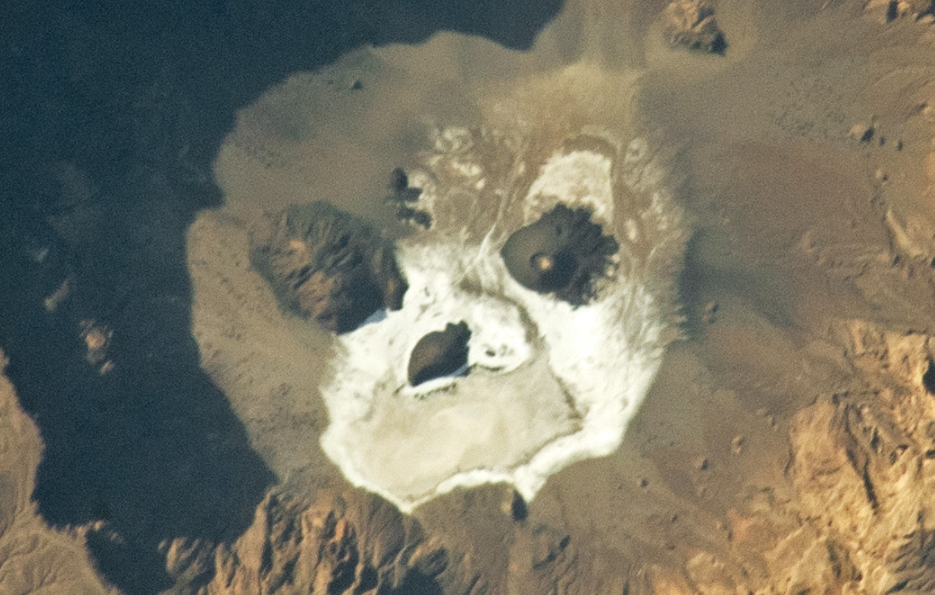
From above, the 1,000-meter-deep volcanic well and Lake Rou au Natron in northern Chad looks like a ghostly face that looks back at you. An astronaut on the International Space Station, ISS, captured this photograph of the distinctive feature on February 12, 2023.
The ghostly face and its structure
The edge of the "face" is formed in part by the shadows projected by the edge of a caldera, a type of volcanic crater formed after an explosive eruption or the collapse of the surface in a partially empty magma chamber. The "eyes" and the "nose" are ash cones: steep conical hills built around volcanic vents. It is believed that ash cones are relatively young in geological terms and probably formed in the last millions of years and possibly as recently as in the last thousands of years.
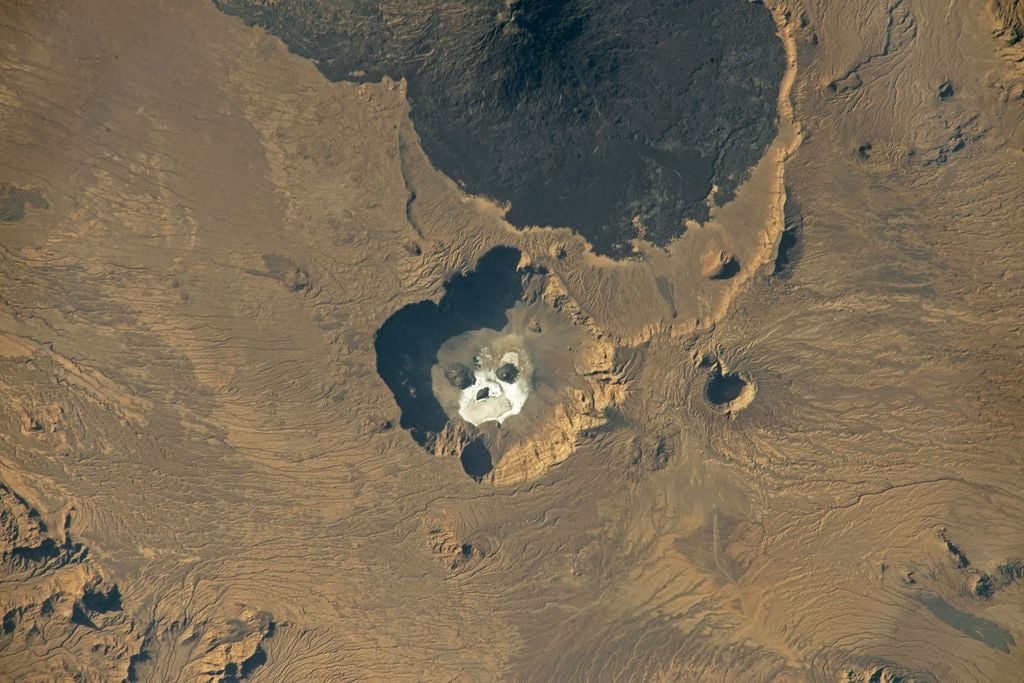
The white area around the "mouth" is a mineral crust made of a salt known as natron, a mixture of sodium carbonate, sodium bicarbonate, sodium chloride and sodium sulfate. It forms like puddles of thermal water on the surface and evaporates, and mineral-rich vapor rises from the surface of the geothermally active area.
Trou au Natron is located just southeast of Tarsus Toussidé, a wide volcanic formation with fumaroles and an active stratovolcano. One of the several volcanic peaks of the Tibesti Mountains, is the source of several relatively recent eruptions, although little documented and studied.
The remoteness of Trou au Natron makes it difficult for scientists to access. However, the analysis of rock and fossil samples collected in the 1960s indicates that Trou au Natron was filled with a glacial lake hundreds of meters deep about 14,000 years ago. An expedition led by the German researcher Stefan Kröpelin arrived in Trou au Natron in 2015 and collected samples of fossilized aquatic algae that are believed to have formed about 120,000 years ago.
Satellite observations of the region have helped to complete some details. A couple of researchers from the University of Cambridge have developed an approximate sequence of the volcanic activity of the region based on observations from the ASTER sensor (Advanced Reflection and Thermal Emission Radiometer on board space) in NASA's Terra satellite. They divided the activity into six phases, with the formation of Trou au Natron being one of the most recent events of geological importance.
The photograph of the astronaut ISS068-E-53507 was acquired on February 12, 2023 with a Nikon D5 digital camera with a focal length of 500 millimeters. The image was provided by the Earth Observation Facility of the ISS-ISS Crew and the Earth Sciences and Remote Sensing Unit of the Johnson Space Center. Story of Adam Voiland.

